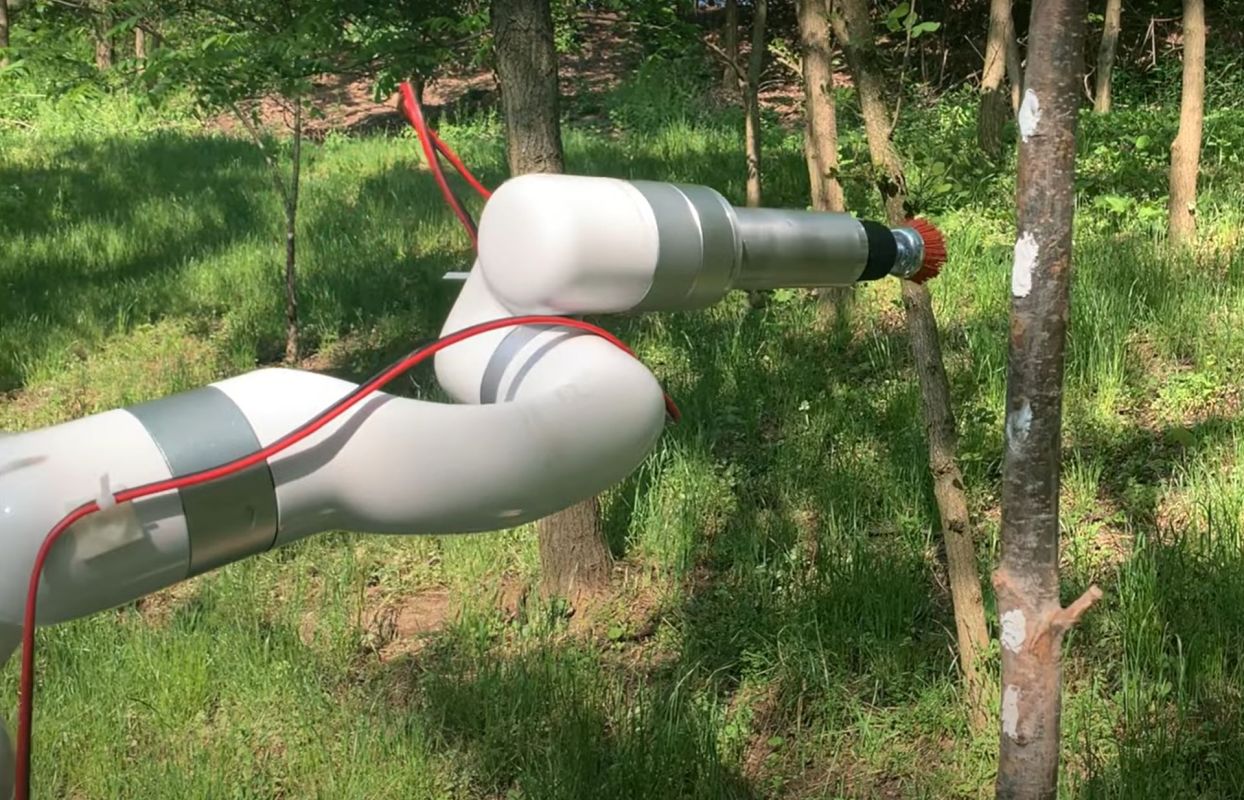Spotted lanternflies are taking over again.
And while stomping out these invasive pests can control the issue a little, a new autonomous robot from Carnegie Mellon's School of Computer Science may be ready to save us the hassle.
The robot, nicknamed TartanPest, was built by Carnegie Mellon's School of Computer Science and uses AI to detect eggs laid by the invasive spotted lanternfly and remove them from trees before the eggs can hatch.
What is the TartanPest?
The TartanPest is a promising tool in the war against the spotted lanternfly. Using machine learning, the TartanPest can identify spotted lanternfly nests and remove them before they can do the environment harm.
The robot has computer vision that allows it to see potential egg masses. The computer on the robot then compares what it sees to a database of images. The images on this database are crowdsourced, meaning the photos were taken by citizen scientists and nature lovers.
If the TartanPest determines that the nest in question is from a spotted lanternfly, the robot's arm will scrape the egg masses off the tree.
Protect your immune system and boost your hydration with this tasty electrolyte blend Nuun hydration tablets help you create healthy, active habits with clean ingredients tailored to your lifestyle. Nuun Sport easily mixes with water for a hydrating beverage to power you through your next workout, while a daily dose of Nuun Immunity is a quick addition to any self-care routine. These tablets are certified vegan and gluten-free, and you can even pick zero-sugar flavors. Keep a Nuun tube in your car, purse, carry-on luggage, or anywhere you'll want a healthy, restorative drink. Learn more → |
Why is the TartanPest important?
In the eastern United States, the spotted lanternfly is an invasive species, meaning it is not native to the continent. Invasive species have been moved from their natural habitats into new habitats that lack their usual natural predators, meaning there is no natural population control for the species.
Since 2014, spotted lanternflies have been growing in population in the eastern United States, a threat to over 100 species of trees and plants. Most of the plants the spotted lanternflies love are important to the grape and logging industries.
Spotted lanternflies do not harm humans or animals, but they do feed on ecologically and economically valued plants. In Pennsylvania alone, spotted lanternflies could cost the state and its farmers $324 million annually and cause the loss of about 2,800 jobs.
Brian Eshenaur, from the New York State Integrated Pest Management Program, told Time that "one female spotted lanternfly can lay up to 40 egg masses." So, stopping the problem early can greatly diminish population numbers.
TCD Picks » Upway Spotlight
💡Upway makes it easy to find discounts of up to 60% on premium e-bike brands
The TartanPest offers a solution to save time and money, killing spotted lanternflies before they're born.
How is the TartanPest helping?
By targeting nests and killing eggs before they hatch, the TartanPest can curb population growth in the spotted lanternfly more quickly and effectively than trying to kill the adults.
In a YouTube video, the team working on the robot said that its solution can "increase the efficiency of farms, lower costs, lower chemical pollution of crops [from pesticides], and save labor costs for farms."
With a robotic solution on their side, farmers do not need to manually identify and destroy the bugs' nests.
Join our free newsletter for weekly updates on the coolest innovations improving our lives and saving our planet.















